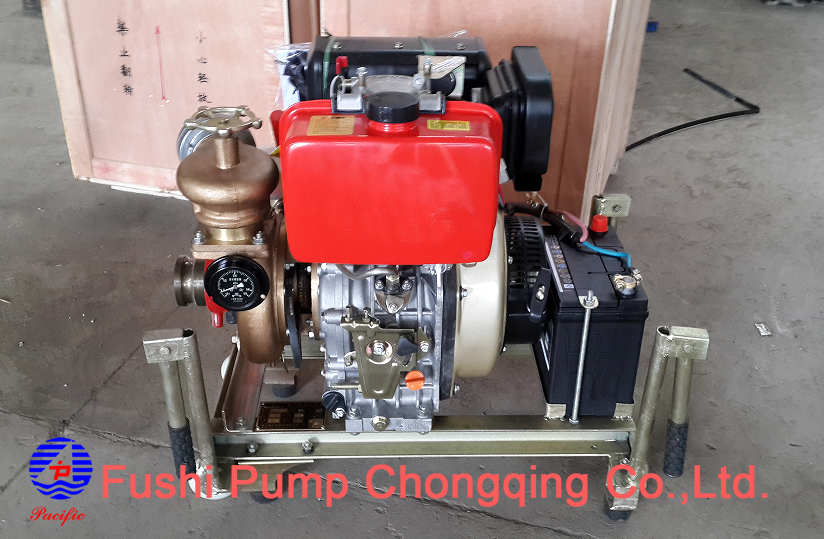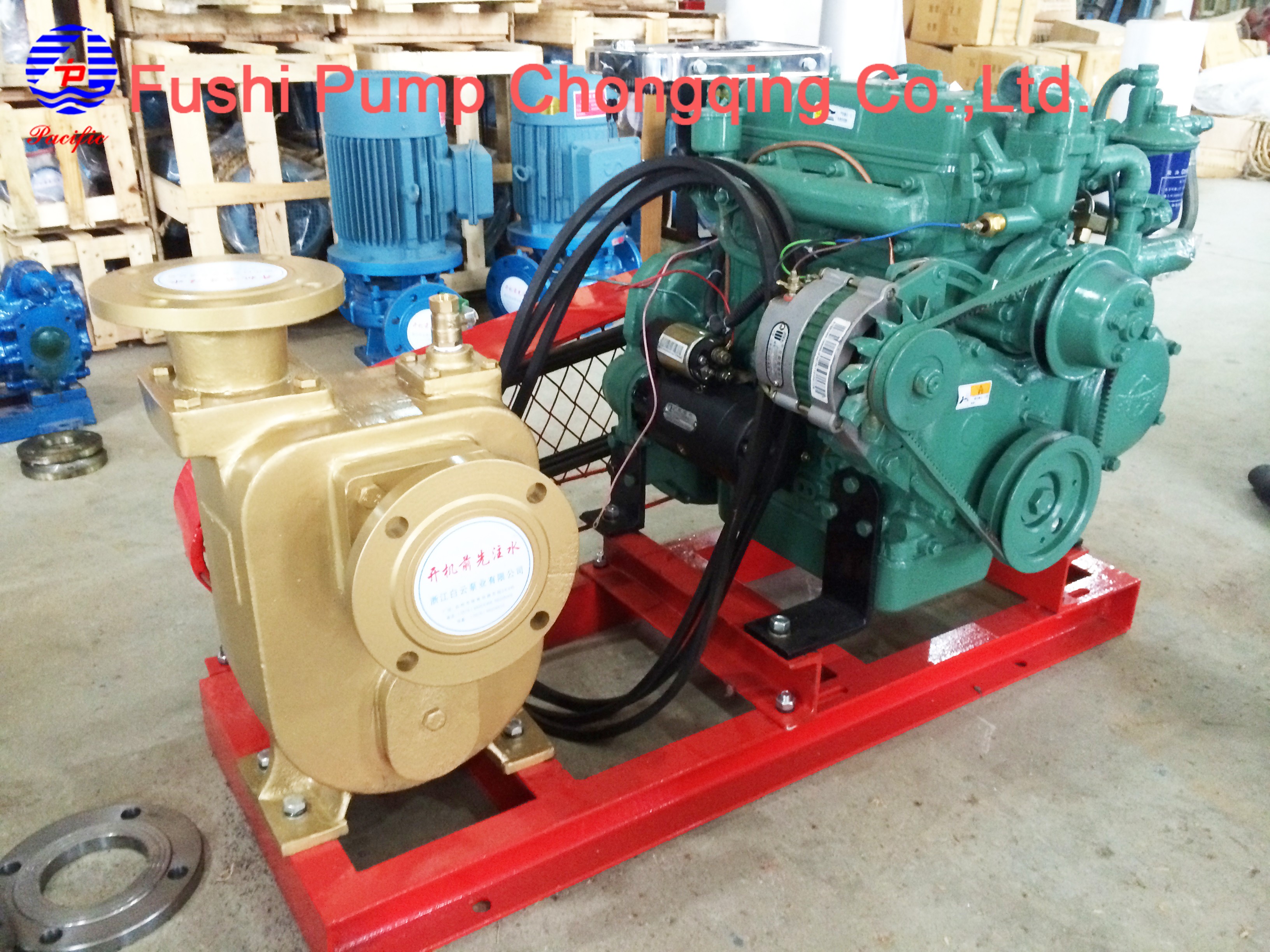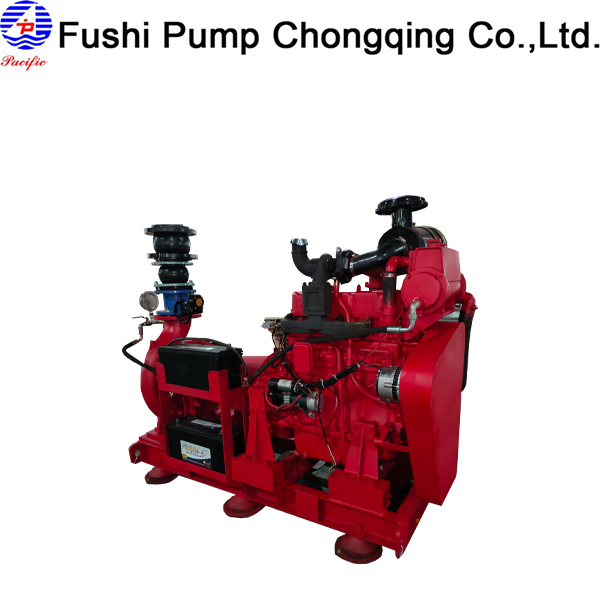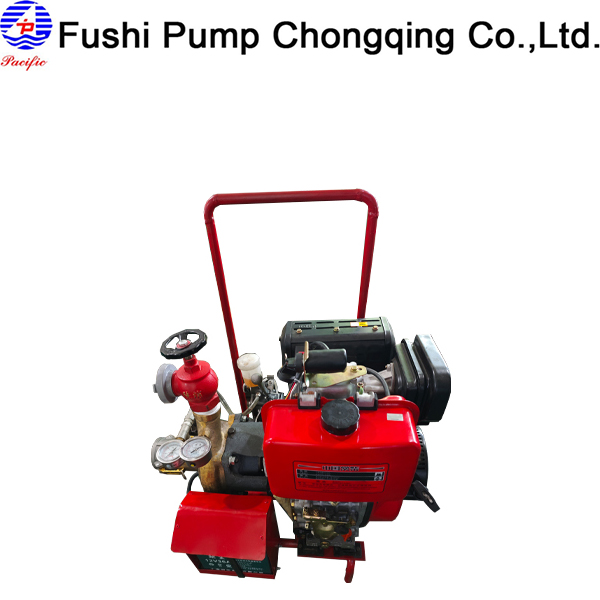Marine pump
-
Marine Fire Pump
-
Marine Emergency Fire Pump
-
Marine Ballast Water Pump
-
Marine Fuel Pump
-
Marine Lubricating Oil Pump
-
Marine Bilge Pump
-
Marine Sewage Pump
-
Marine Fresh Water Pump
-
Marine General Pump
-
Marine Cargo Oil Pump
-
Marine Cooling Water Pump
-
Marine Centrifugal Pump
-
Marine Screw Pump
-
Marine Gear Pump
-
Marine Vortex Pump
-
Marine Ejector Pump
-
Marine Diaphragm Pump
-
Marine Piston Pump
-
Marine Hand Pump
-
Marine Pump Parts
Chemical pump
Industrial Pumps
Other pump
Civil Pump
Submersible Pump
Contact us
Fushi Pump Chongqing Co., Ltd
Address: No. 11, Tianxing Avenue, ShuangQiao Industrial Park, Chongqing,China
E-mail: Sales1@fspumps.com
Tel: +86-23-67956606
Fax: +86-23-67956622
Mobil: +86-13452620990
WhatsAPP/WeChat :+86-13452620990
Marine Emergency Fire Pump
Date:2025-04-01Views:
Marine Emergency Fire Pump
Overview
The emergency fire pump is a critical component of marine safety systems, operating independently from main fire systems. Driven by a diesel engine or dedicated motor, it ensures continuous water supply during main pump failure or power loss. Compliant with SOLAS Ch.II-2 and FSS Code, it features rapid activation, extreme reliability, and harsh environment resistance, serving as the last line of defense against onboard fires.
Key Features
Independent Power:Diesel-driven (no external power), achieves full pressure within 30 seconds.
Self-priming lift ≥7m for low-level sea chests.
Harsh Environment Resilience:Salt spray-resistant (stainless steel + epoxy coating).
Operating temperature: -25°C~55°C (Arctic/tropical compatible).
Applications
Engine Room Fires: Supplies water to sprinklers during main pump failure.
Deck Fires: Rapidly establishes fire curtains via emergency hydrants.
Cargo Hold Leaks: Integrates with foam systems to suppress flammable vapors.
Blackout Emergencies: Diesel-powered, independent of ship’s grid.
Performance Specifications
Parameter | Range | Marine Requirements |
Flow Rate | 50-500 m³/h | SOLAS min. 25 m³/h (40 m³/h for passenger ships) |
Head | 80-150 m | Nozzle pressure ≥0.35 MPa (full deck coverage) |
Self-Priming Time | ≤3 minutes (dry start) | Emergency start delay <30 seconds |
Continuous Operation | ≥18 hours (full load) | Fuel tank ≥200L (DNV certified) |
Protection Rating | IP56 (dust/waterproof) | Tilt tolerance (±15° roll/±5° pitch) |
Classification Society Certifications
DNV/ABS/LR/CCS/BV.Etc.
Advantages vs Main Fire Pumps
Feature | Emergency Fire Pump | Main Fire Pump |
Power Independence | Diesel/dedicated motor, no grid reliance | Relies on main power |
Startup Speed | ≤30 seconds (cold start) | Typically ≥1 minute |
Environment Adaptability | Frost-proof enclosure (-25°C start) | Standard protection (≥0°C) |
Maintenance | Monthly 10-minute test + annual inspection | Weekly tests required |
Product showcase:(In addition, please provide the parameter of the marine pump you need and we can customize the suitable type for you.)
| Marine Emergency Fire Pumps | |
|
|
Arrangement of Ships' emergency Fire Pumps.
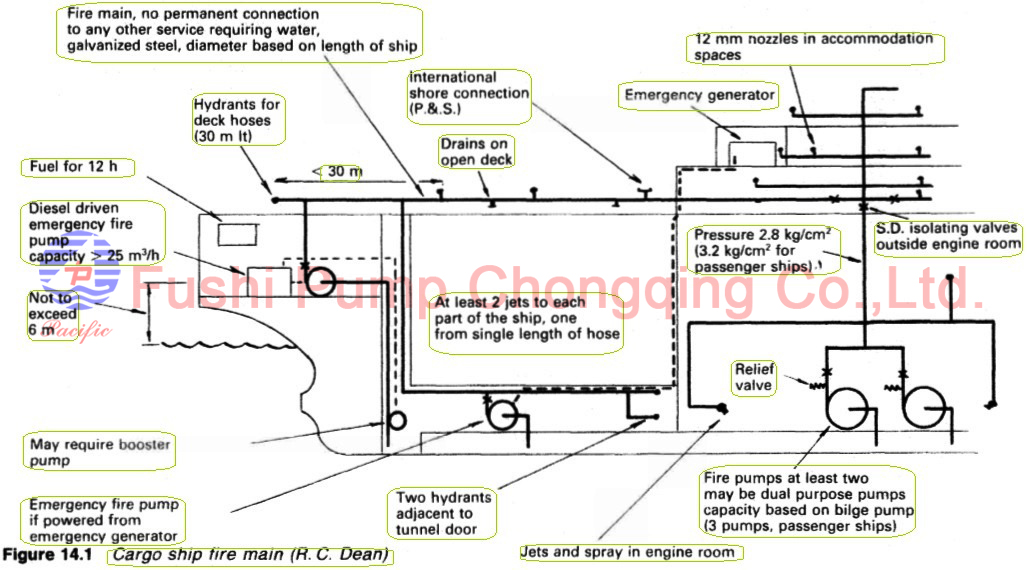
Cargo ships of over 2,000 gross tonnage are to be fitted with independently driven emergency fire pumps, usually located in the steering gear room. In passenger ships of more than 1,000 gross tonnage, emergency fire pumps shall be provided if a fire in any compartment may render all fire pumps ineffective. Common places for installing ship emergency fire pumps include: engine room (referring to the place where the main fire pump is located), steering gear room, bow room, empty space under the freeboard deck, etc.
Operating Requirements For Emergency Fire Pumps.
During the operation of the ship, the total suction head of the pump should not exceed 4.5m under the longitudinal and heeling conditions that may be encountered. The capacity of the pump should ensure that the range of the two streams of water sprayed at the same time is not less than 12 meters. The pump water volume is not less than 25m³/h. If the driving power is a diesel engine, when the temperature drops to 0 °C, it can be started by turning the crank at any time; when using other starting devices, it should be able to start 6 times within 30 minutes, within the first 10 minutes. Start at least 2 times.
Picture of Marine Emergency Fire Pump
